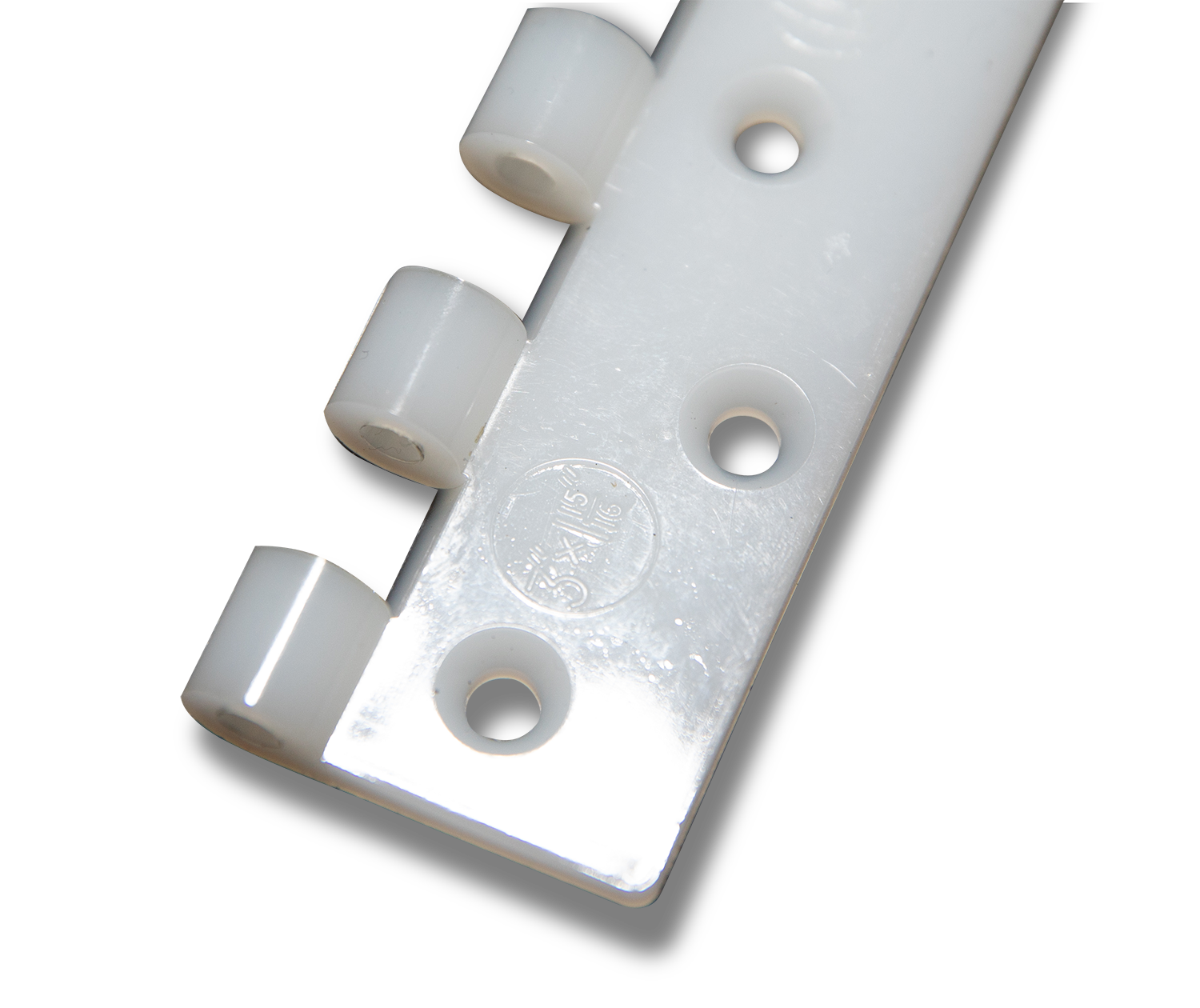Both thermoplastics and thermosetting plastics injection moulding can produce applications for a number of industries. For instance, automotive and aerospace. However, their properties and finishing differ. Thermoplastic pellets soften during the curing process, offering an opportunity for remoulding. On the other hand, thermosets contain polymers that cross-link during curation, causing an irreversible chemical bond.
Here at Stephens Plastic Mouldings, we are able to devise plastic parts that perform optimally for a range of compounds used in leading sectors today. As an expert injection moulding company, we are knowledgeable in best practices, no matter the results required. Here are the differences between thermoplastic and thermosets to gain a better understanding of which plastic moulding material will suit your operations.
What Are Thermoplastics?
Also known as thermosoftening plastics, thermoplastics become mouldable at specific high temperatures. Once cool, they become solid; thus, highly durable. Can thermoplastics be reshaped? Yes, they’re able to reverse back to a liquid state once reheated. This makes the process of thermoplastics injection moulding eco-friendly due to its potential for recycling.
What Are Thermosets?
As opposed to thermoplastics, thermosets are a consequence of a chemical bond between polymers that are cross-linked during curation. This reaction is irreversible, making this system ideal for components that require resistance to high heat levels such as electronics.
The Results
The main difference between thermosets and thermoplastics is the results that both curation processes achieve. Here are the primary three considerations:
Strength
Thermosets, due to their permanent structure post-process, are immensely strong. Their cross-linked network can be used in high temperatures, as long as these don’t surpass decomposition levels. However, thermoplastics can be re-manipulated after their original setting, making their form softer and less robust.
Performance
Thermoplastic components become strong and shrink-resistant, as well as bendable when heat is applied. This is why thermoplastics injection moulding is favoured due to its versatility. After curation, the properties of thermoplastics are pliable when heated due to their intermolecular forces, which reverse when cooled down.
What are some thermoplastic examples? Common examples of materials used in thermoplastics injection moulding include ABS (acrylonitrile butadene styrene), acrylic and polyester.
Thermoplastics can be softened and even melted to liquid form if enough heat is applied. However, thermosets are compatible with high heat applications as the possibility of remelting is eliminated. This level of resistance ensures that a component’s mechanical properties are optimised. Structural integrity and both chemical and heat resistance are enhanced significantly.
Aesthetics
In terms of the appearance of both outcomes, both are aesthetically pleasing. Thermoplastics are most commonly known for their superior finishes. Whereas thermosetting plastic, although visibly pleasing, can be harder to obtain a smooth and even surface due to their irreversibility and rapid formation that cannot be altered.
Thermoplastics & Thermosetting Plastics Injection Moulding At Stephens Plastic Mouldings
Injection moulding of thermoplastics and thermosets offer a solution to high endurant machinery components and larger applications such as PC boards and plane parts. If you’re looking for a plastic injection moulding company in London, we can help. Get in touch with us today on 0121 544 5808, and we can discuss which option suits your business’s projects. Furthermore, if you enjoyed reading this blog, why not take a look at a previous one: Benefits Of Plastic Injection Moulding For Mass Production





